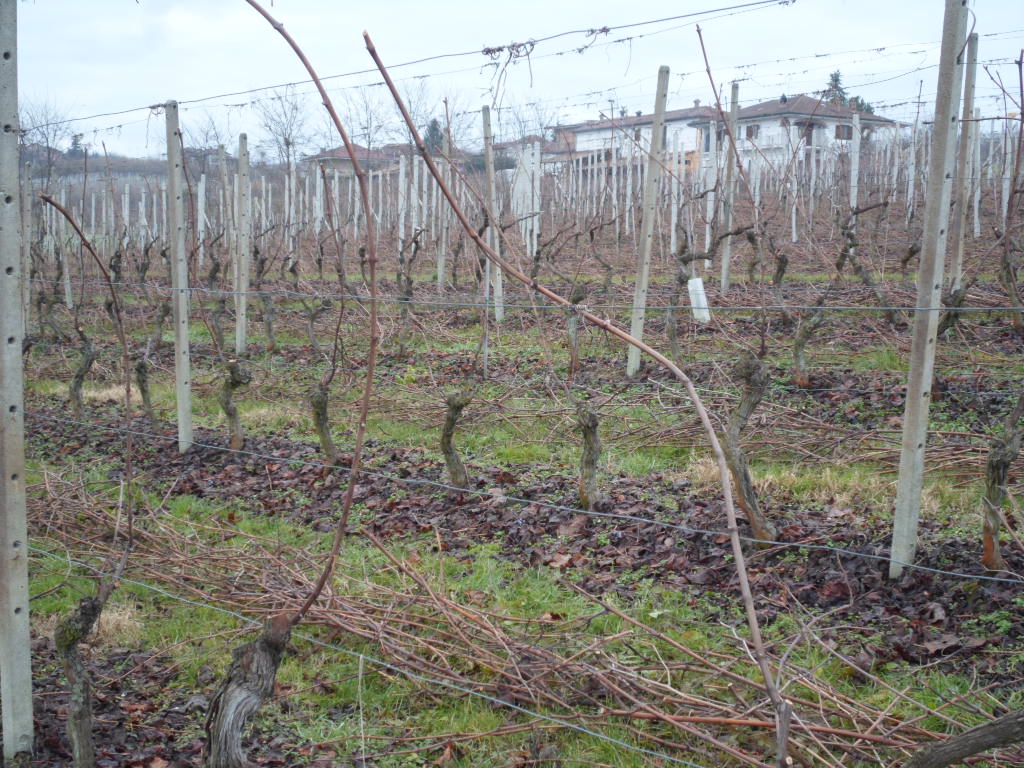Fairs & Events
The pruning
on 04 March 2016


Soon it will be spring, so we’re finishing pruning the last rows before the vine’s growth cycle begins again.
In November/December, when the last vine leaf has fallen, the vine enters the period of winter rest. In this period the work of the winegrower in the vineyard is mainly for dry pruning, so called because it is performed when the vines are dry.
Pruning has fundamental importance, since it has a direct effect on both the yield and the quality of the grapes, as well as ensuring the longevity of the productive life of the vine.
The Guyot method, used by all Piedmontese winemakers, leaves a single branch for the next year’s production whose length is determined by the distance between the vines in each row. Usually the winemaker chooses the most robust branch, leaving between 6 and 10 buds depending on the type of grapes being grown (for some varieties, not all the buds will produce fruit in which case it is necessary to leave more buds – ex. Nebbiolo ).
In addition to the long branch that will bear the fruit and foliage throughout the year, the winegrower also leaves the fruiting heel for the following year, a much smaller ‘shoot’ with 2 or 3 buds at the most.
The long branches are then curved over in an arc and tied to a horizontal wire along the row. Above this, there are 2 to 3 other wires which are intended to support the vegetation as it grows vertically.